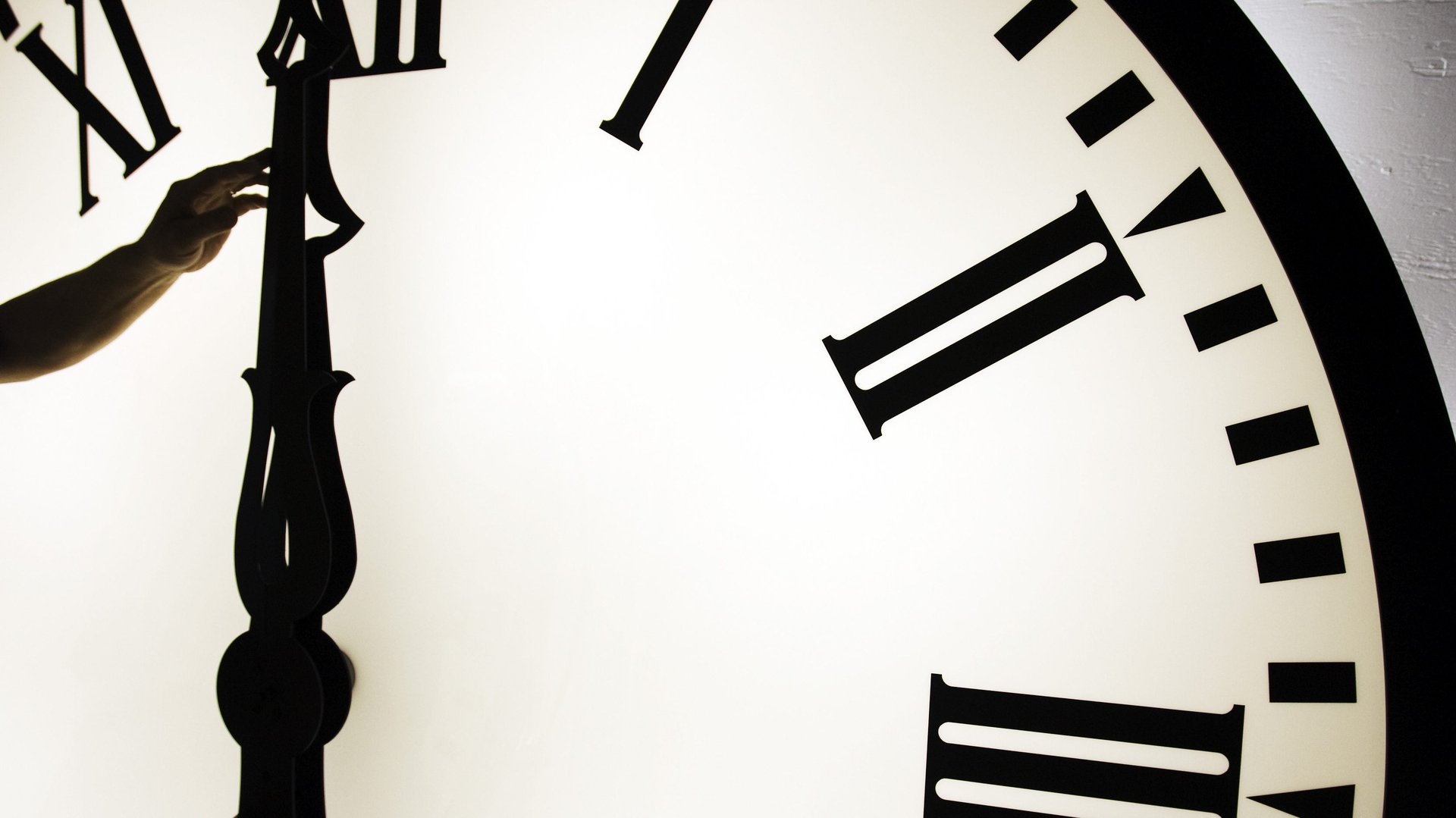What will change if the US adopts daylight saving time permanently?
The US Senate voted unanimously on March 15 to pass legislation that would make daylight saving time permanent, ending the cycle of changing clocks by an hour twice a year that most of the US have been observing since the 1960s. Senator Sheldon Whitehouse of Rhode Island, who co-sponsored the bill, called it an opportunity to “add a little sunlight into most people’s lives.”


The US Senate voted unanimously on March 15 to pass legislation that would make daylight saving time permanent, ending the cycle of changing clocks by an hour twice a year that most of the US have been observing since the 1960s. Senator Sheldon Whitehouse of Rhode Island, who co-sponsored the bill, called it an opportunity to “add a little sunlight into most people’s lives.”
The change would move the majority of the US—except for Arizona, Hawaii, and some US territories—to daylight savings time, which gives people an extra hour of sunlight in the afternoon, over standard time, which offers more days of early light.
The US experimented with adopting daylight saving time in 1973 but switched back after two years. Now, if the House of Representatives agrees to take up the legislation and president Joe Biden signs it, the change will become permanent.
Here are some of the ways that individual behaviors and societal activities could change as a result.
More time to be active
Because daylight saving time favors light in the evening, it’s meant to encourage activity later in the day. Studies observing behavioral patterns have found people do tend to spend more time away from home in the afternoon and evening, but also tend to wake up earlier and are more active around the house in the morning.
Also, children spend more time playing outside with evening sunlight. In fact, one study found that in New Zealand, trampoline injuries are most common in spring just after the clocks shift forward.
Changes in activity during daylight saving time also depend on a person’s geography. Under permanent daylight saving time, just about all of the US will experience later sunsets (at 5pm local time or later), but in places on the western edge of a timezone, like Michigan or west Texas, people will experience fewer days of early sunrise, which could curb morning activity.
Fewer car crashes, fewer heart attacks
Losing an hour of sleep in the spring can hurt people’s health and affect their behavior. Researchers have seen a consistent pattern of car crashes increasing in the days after the switch to daylight saving time, when people lose an hour of sleep, and decreasing in the fall when people gain an hour.
According to a 2020 University of Colorado study, the increase in fatal crashes is as high as 6% in the week immediately following the spring switch. Getting rid of this change could result in roughly 28 fewer American road deaths per year.
The transition to daylight saving time can also lead to a spike in heart attacks, by as much as 24% in some cases. Major health events like cardiac arrest and stroke have been linked to the sleep disruption that comes with the time shift, so removing this twice-yearly change would reduce risk.
Energy savings? Not so much
Daylight saving was first adopted in Europe during World War I as a way to conserve energy, by pushing waking activities into as many hours of daylight as possible and reducing the need for electricity and gas to light and heat homes. The US’s daylight saving schedule was extended by four weeks in 2007 for the same reason.
But studies tracking the relationship between daylight saving and electricity use find that energy savings are minimal at best. A US Department of Energy study found that daylight savings led to an overall 0.03% decrease in electricity consumption in 2007 compared to the year before, when the weeks studied were on standard time. Another study of Indiana from around the same time saw a 1% increase in electricity demand during DST.